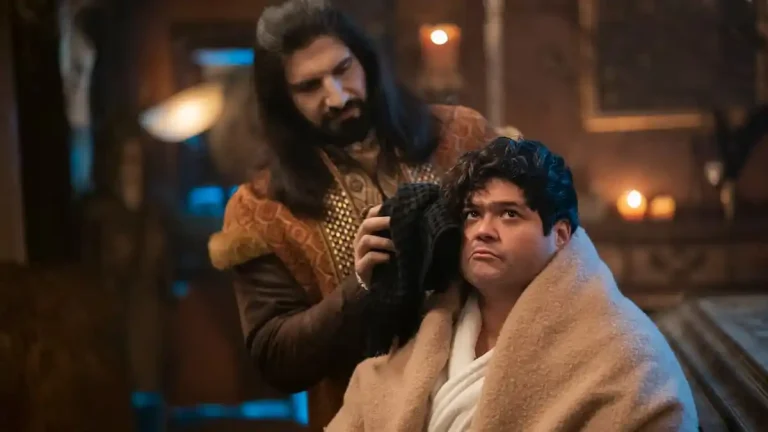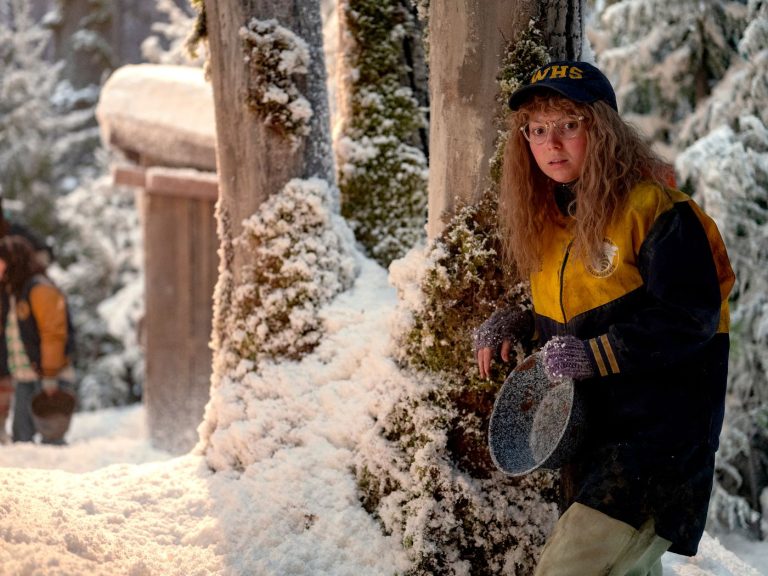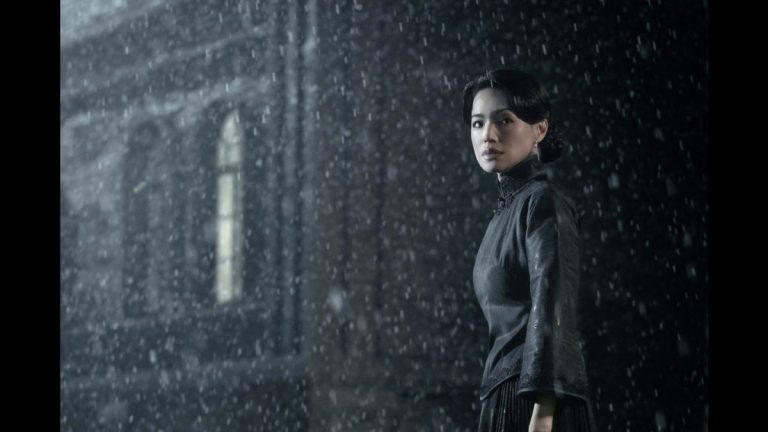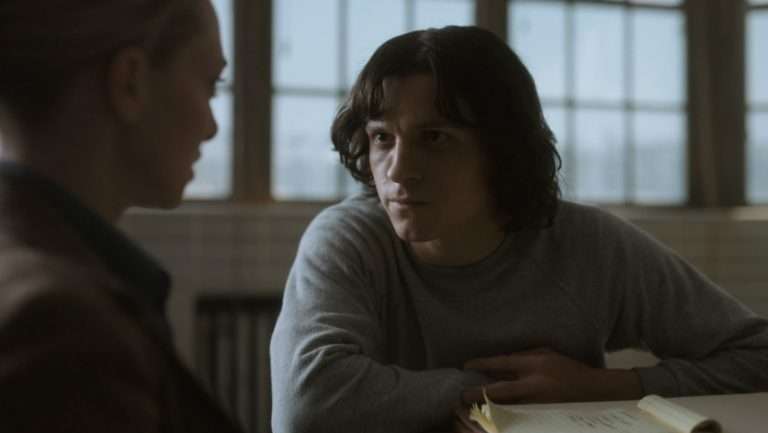Daniel Espinosa’s “Life” (2017) is a rip-off. There is no denying that. From Tarkovsky’s “Solaris” to Danny Boyle’s “Sunshine” and, most importantly, Ridley Scott’s “Alien,” the film pays poor homage to all the space movies. Humans have always been interested in finding life outside Earth. We live with this unshakeable scientific faith that we cannot be the only one in this universe. Even though films such as “The Matrix” foreground the idea of a reality outside of the one we exist in, human nature has always put forth the possibility of life outside Earth.
From a religious perspective, it’s the concept of the higher being who has made Earth, and from a scientific perspective, then we talk about the Big Bang. Sentient extra-terrestrials have not been discovered, but we are always going to be presented with the colonialist mindset on alien life forms like in “Life.” We have an unshakeable belief that if we discover extraterrestrial life forms, they will always try to take over our world and kill us in the process. We are trying to understand the concept of the world through the logic and reasoning of our world.
Since time immemorial, we have always been colonial in nature. We have yet to understand the concept of co-existence. Co-existence is a myth like the loch-ness monster. We thrive on the ideology of ‘us’ and ‘them’. The constant othering and fearmongering have left us paralyzed with this dread that someone or the other will replace us by obliterating us. If you look at international politics at the moment, it is that of exclusion. This has become the identity of the human race. When we try to understand what the aliens might be like, we displace our fears onto them, and the age-old narrative tropes of the fearful alien are drawn.
Life (2017) Plot Summary & Movie Synopsis:
What happens in “Life”?
The International Space Station has been up and running, and now intelligence evidence is being turned over to the Space Station for incontrovertible proof that there is life on Mars. Ryan Reynolds’ character, Rory Adams, performs an awe-inspiring feat by coupling the Space Station with the carrier of life on Mars, which is coming at a considerable speed. The cast comprises the ever-brooding Jake Gyllenhaal, portraying David Jordan, who doesn’t want to return to Earth because he has seen enough killing in his lifetime. Miranda North, played by Rebecca Ferguson, is the doctor and invariably the voice of reason in the group, and her chemistry with David is one of the film’s brightest moments.
The rest of the cast is efficient, but the fractured narrative setup spoils the proceedings. This mid-functioning body horror picks up the pace when British actor Ariyon Bakare’s Hugh Derry jump-starts an inert alien sample. The harmless gelatinous alien reacts to his care like a child would to his parent. Flight engineer Hiroyuki Sanada’s Sho Murakami returns to another space movie after Danny Boyle’s “Sunshine” plays his role to perfection.
The most funny incident in the film (and it’s not Ryan Reynolds) is the naming of the specimen. It is named after the American President, Calvin, and Calvin wreaks havoc. The specimen becomes inert again after the breach in the containment chamber due to Derry’s negligence. Due to the ever-inquisitive nature of man, Derry tries to revive the specimen using electric shocks.
These shocks revive it, and lo and behold, from a cute gelatinous substance, it transforms itself into an Octo pedal horror show. It breaks Derry’s hand because of its muscle strength and escapes the safety pod. Rory tries to save his friend but gets stuck inside the chamber with the alien. With a twisted homage to “Alien,” the specimen crawls inside his body and bursts through in a much bigger shape as the blood droplets and the limp body of Rory float around. The gruesome death does very little to salvage the movie, as Espinosa’s space adventure falls way below the mark.
Does the Space Station Receive Help?
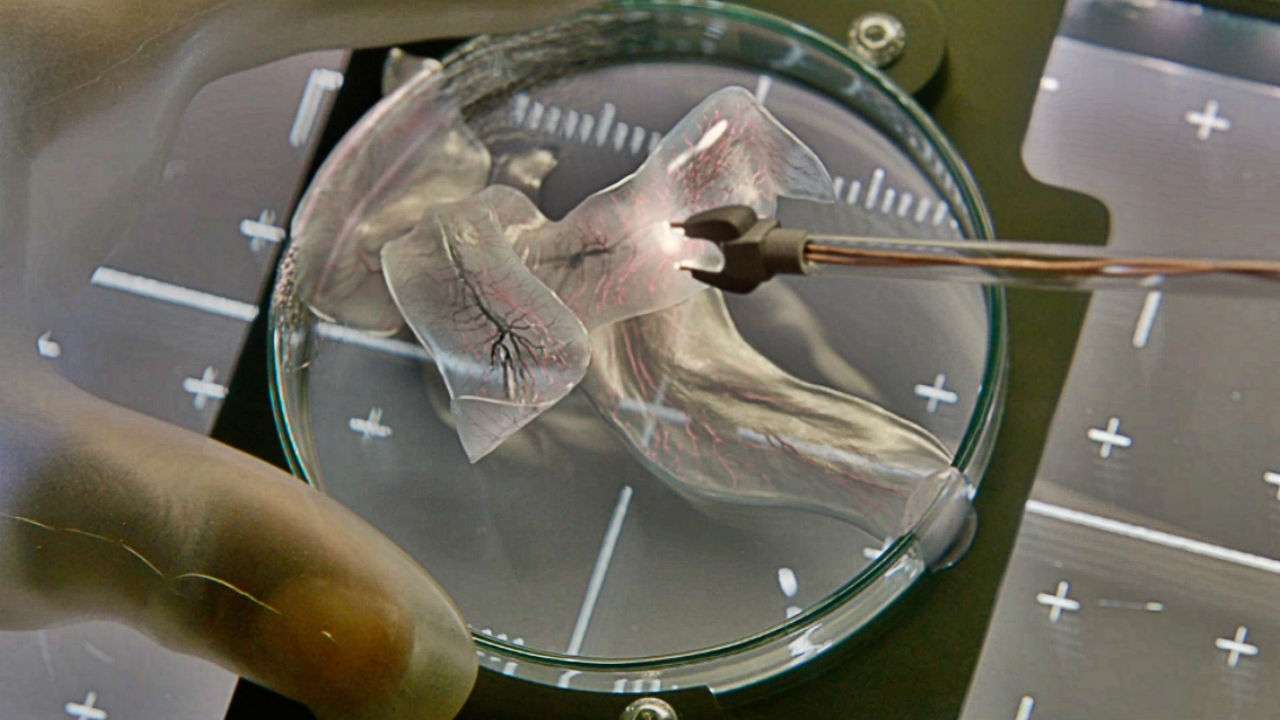
As the narrative trudges forward, we see the leader of the crew, Ekaterina Golovkina, played by Olga Dykovichnaya, trying to restore the radio connection, which gets disconnected midway by Calvin. She dies a gruesome death as her spacesuit is filled with highly toxic fluid as Calvin tries to enter the spaceship. She doesn’t allow Jordan to open the door, so she lets her in as she floats away to deep space. Soon after, Calvin enters through one of the thruster vents and attaches itself to Derry as Derry iterates his affection towards Calvin like a father.
He says that Calvin does not want to kill them, but for it to survive, all of them have to die. Soon, he flatlines the remaining crew and discovers Calvin draws his energy by attaching himself to Derry. They set Derry as the trap to finish off Calvin, but they can’t do so as Murakami becomes his next victim. Bits and pieces of radio communication had gone through before it had gone out, and Miranda reveals that the help that is coming from Earth is to push the Space Station out into deep space with the specimen in it. Murakami, who had no idea and had gotten separated from them, tries to access the container and passes away. Calvin escapes yet again, roaming through the ship.
The next problem of the narrative is that the ship gets stuck in Earth’s gravitational pull, and they don’t have any fuel left to push themselves toward deep space. Chekhov’s gun is the narrative trope applied as Jordan drives inspiration through the Children’s book, which was meant for Murakami’s child. Since Calvin requires oxygen and the ship is losing oxygen, he would lose a lot of his power, and they might lure him into one of the escape pods and then use the thrusters of the escape pods to move toward deep space. Jordan volunteers for the job, and the plan seems to work until it backfires spectacularly. The escape pod carrying Miranda escapes to deep space, and Calvin, using his superior strength, forces Jordan to bring the pod back onto Earth. People pry the door open, and Jordan screams at them not to.
Was Derry to blame?
Derry is paralyzed from the waist down. That never held him down. He became a scientist, and now he is on the International Space Station studying Mars’s first traces of life. It’s a remarkable story of accomplishment. But Derry is not happy. In a conversation with Ekaterina, he speaks about his frustrations about wanting to walk when he was a kid, and now none of that matters. There is a hint of disappointment in his voice. He never could enjoy the things that his fellow beings on Earth could. Being a paralyzed individual, he could only watch his friends and family enjoy, and all he could be was an object of pity. But in space, it’s zero gravity. He has no use for his legs. He turns his paralysis from a disadvantage to an advantage.
His relationship with Calvin is also like that of a father and son. The narrative doesn’t mention anything about his family. Hence, he does form an affection for Calvin, and as he brings him to life for the first time, there is a look of joy on his face. He is intrigued and fascinated by the specimen’s muscle coordination. The same muscle coordination is not present in him. This lack becomes the central imagination of the story.
He made the mistake of causing the specimen to go into hibernation. His fault as a father and as a scientist guilts him into fashioning the electric prods to revive Calvin. No animal loves being hurt, especially one who would not understand that these scientists are trying to revive him and not kill him. At the film’s beginning, Rory claims that this specimen is all muscle, no brains, further outlining the problem that it is trying to survive. Derry’s revival process threatens him, breaking Derry’s hands and then attacking each and every member.
The most philosophical understanding of the film also comes through when Derry exclaims that it is not trying to kill us but to survive, and for its survival, we all need to die. The parent will always try to justify the child’s mistakes, and as he starts to flatline, the rest of the crew finds out that Calvin is stuck to his leg. It is too big of a coincidence for Derry not to tell his friends that Calvin is drawing his energy through him at that point. But he carefully avoids that topic and explains his position as well. Derry has lived a half-life and doesn’t want Calvin to have the same. He lets Calvin draw his energy, putting the entire crew at risk and potentially the people of the earth who do not have any empathy for a person like him.
Was Jordan to blame?
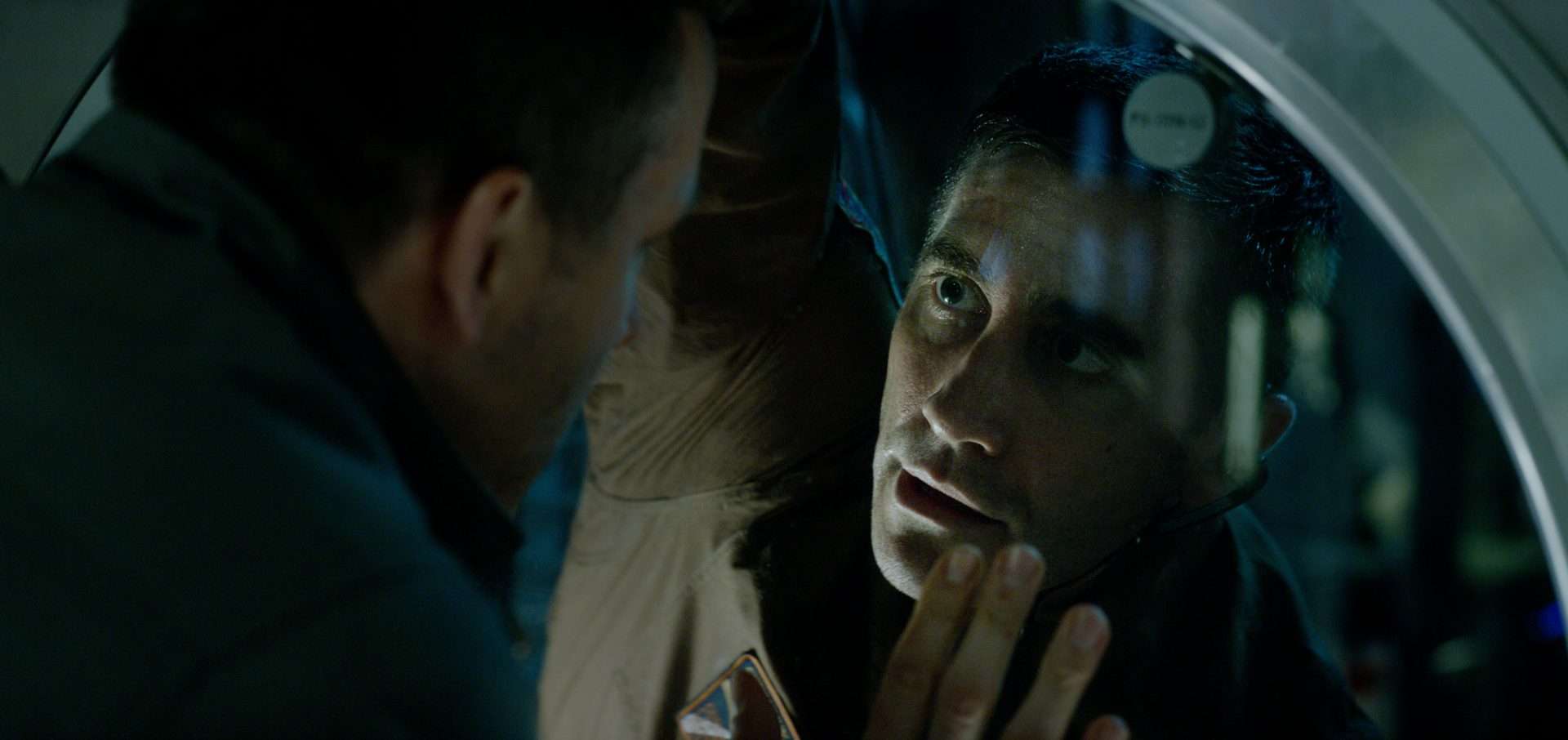
David Jordan and Miranda North are the most fleshed-out characters of the lot. Jordan is reaching the hilt of his potential as his radiation limits are tested. He has spent most days in space but doesn’t want to go back. In every conversation with Miranda, Jordan says there is nothing on Earth for him. He was in the American military, and we all know what they have been used for. Jordan speaks about the gruesome activities and how he doesn’t want to return to earth because it is a despicable place, and he doesn’t belong there. He did want to make the world a better place.
His humanity was never in question, but he was thrust into another situation where he had to survive. His friends and crewmates are being killed one by one, and he again has to kill another specimen to make sure that they survive. Jordan’s depression and his anger is palpable.
Why was the Film Named “Life”?
There is no clear answer as to why the film was named “Life.” There is no acronym at play here. But the plausible conclusion for the name is that Life demands destruction. As we understand our world, or rather the colonialist view that we have been subjected to throughout our lifetime, life demands destruction. The dialectics that present themselves in this film and, in general, how we exist are always opposed, and this opposition needs to exist, without which our existence is invalid. In the movie, there is imminent danger to their lives, which is why Calvin needs to be examined in the confined spaces of the spaceship. So, the naming of the film is cruel. For one to survive, the other must die. Life demands death, and the whole circle continues.
Life (2017) Movie Ending Explained:
The most exciting aspect is what happens at the end. Jordan and Calvin reach Earth while Miranda flies away into space while recording in her black box how no one is to blame, and Jordan is a hero trying to save the planet. Does Jordan bring Calvin to Earth deliberately? There is enough evidence to indicate that Jordan is this film’s main villain, not Calvin. Jordan’s hatred for humanity and what Calvin can do is the perfect villain combo.
Thoughts of religious dogmatism or ideological and racial superiority do not rule Jordan’s motives. It was how the Earth is plagued by such elements that divide the people through death and fear. His newfound knowledge of Calvin’s power, coupled with his hopeless outtake on Earth’s future, provides this much-needed narrative some curve, but unfortunately, Espinosa doesn’t explore them in any way.
Another position explored to understand why Jordan might have done this is how he looks at Miranda. Miranda was the mother figure, knew all the rules, and did not let most of the crew mates in on the protocols. Until the event had been reached, she would not be able to provide the next part of the plan. Because she did not reveal the plan that the ship was supposed to be pushed towards outer space if all contamination plans were to fail, Murakami left his pod to open the hatch and try to see what was inside, thereby losing his life to Calvin.
Jordan would definitely be upset because, as a soldier, you are supposed not to question your superior’s decision and do what is asked. It had left him to question his life choices back on earth, and now, again, he faces the same conundrum. His plan would’ve been to see Miranda through to deep space, and once Calvin was in his pod, Jordan knew that it would be pretty swift that he would get overpowered, and they would be on their way to Earth. He could finally cleanse Earth of all the filth he had been exposed to.


![Escape from Pretoria [2020] Review – A Relentlessly Engaging Jailbreak Thriller](https://79468c92.delivery.rocketcdn.me/wp-content/uploads/2020/04/Escape-from-Pretoria-2020-768x512.jpg)
